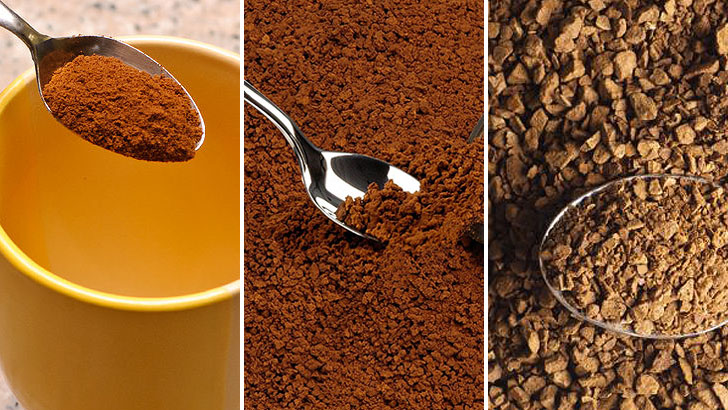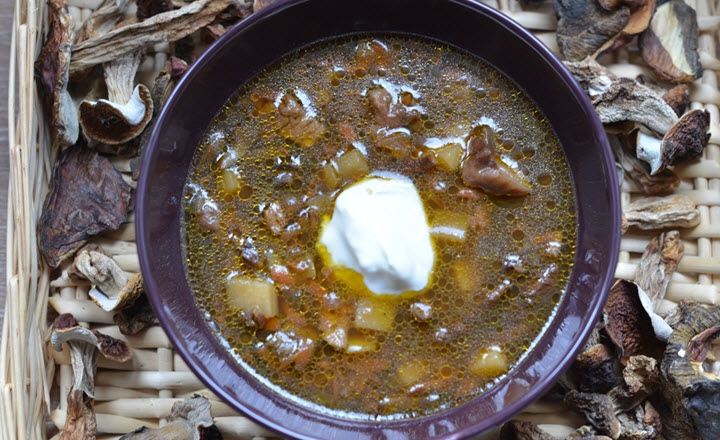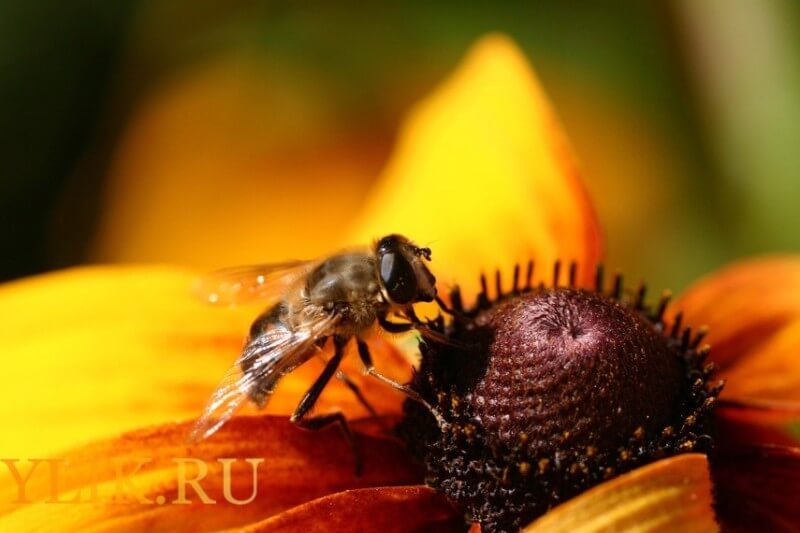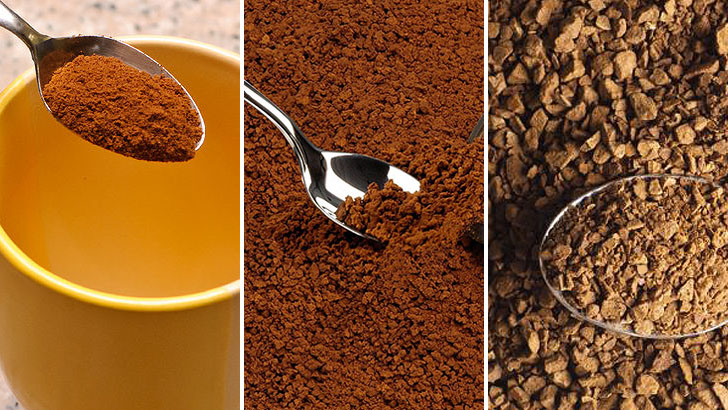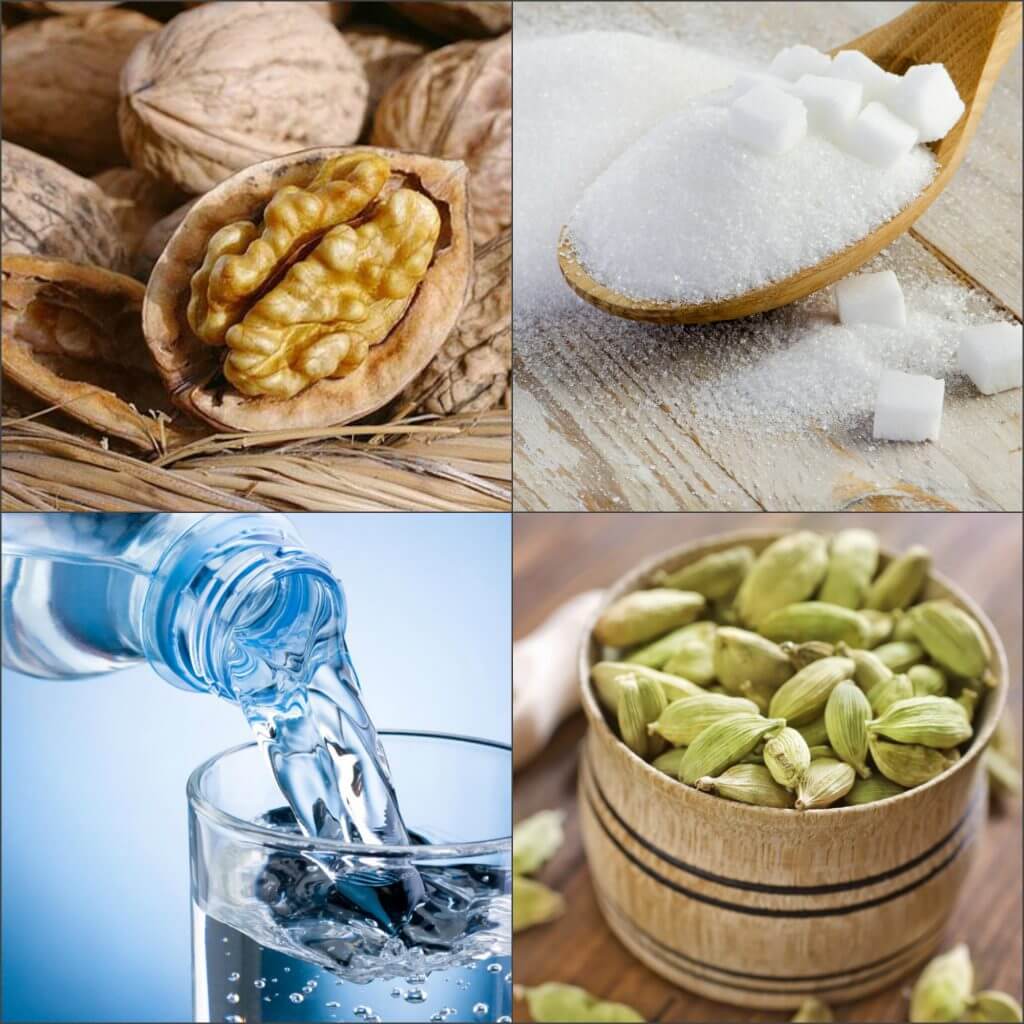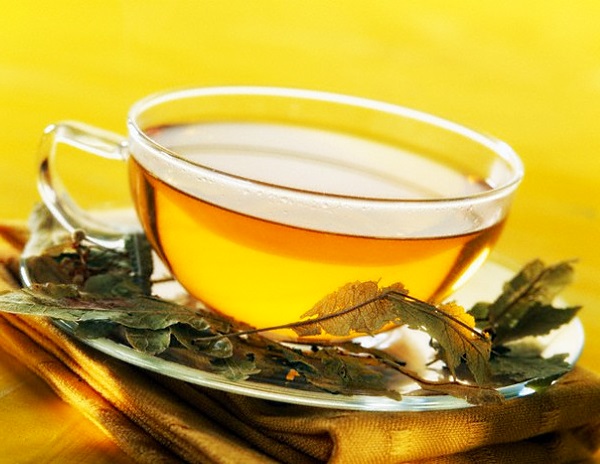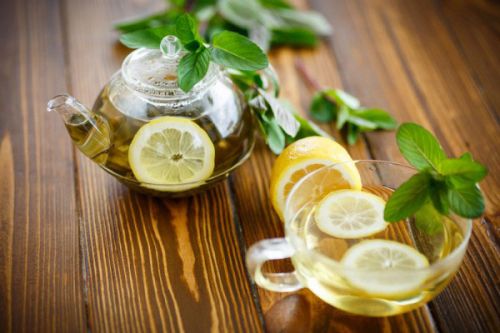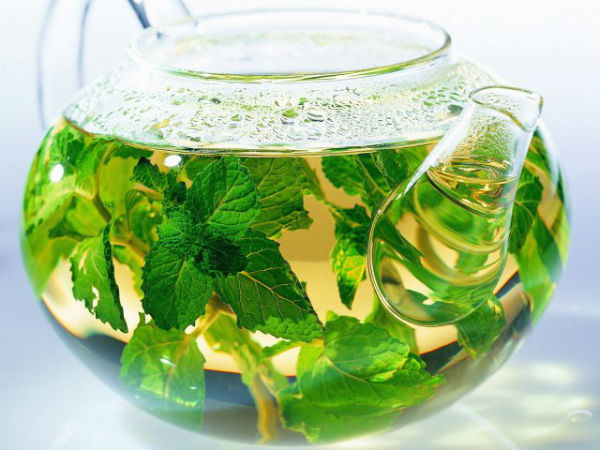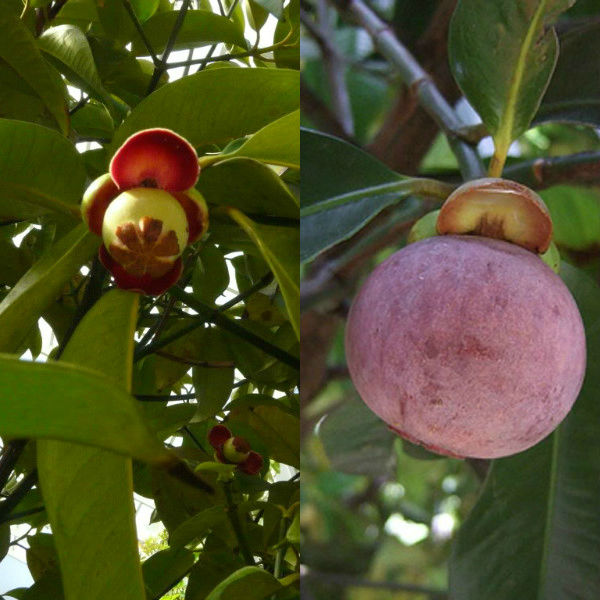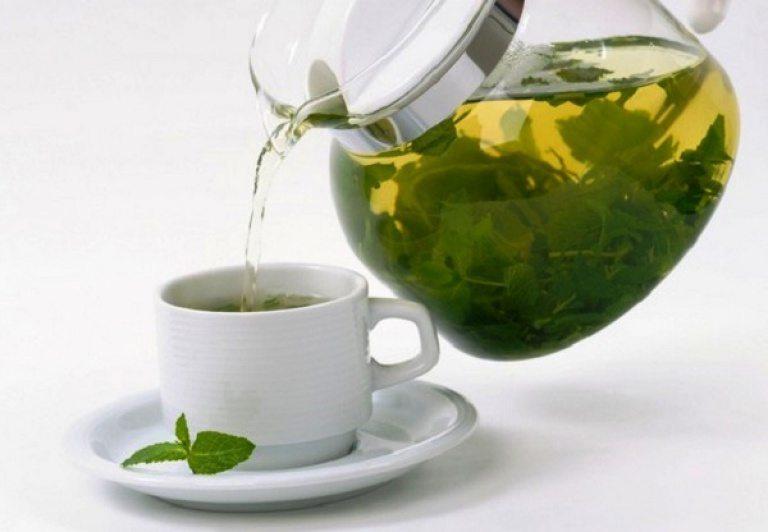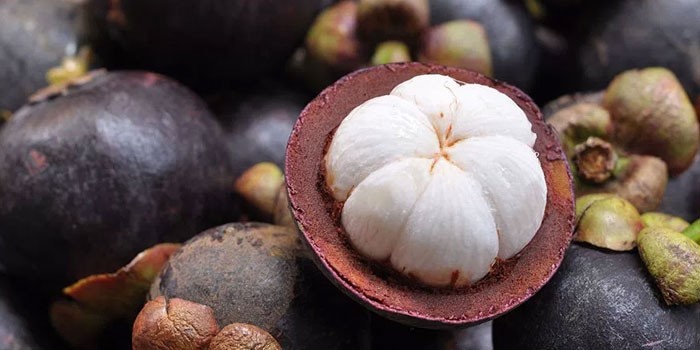How to convert from grams to milliliters? How to convert milliliters of water to grams.
For milk:

For flour:

The following information will be no less useful. Learn how to measure the ingredients you need without weights.
We calculate the mass of products
m \u003d ϸV; mass \u003d density × volume.
Values \u200b\u200bfor liquids:
- 1 ml of water weighs 1 g; 100 ml of water weighs 100 g;
- 1 ml of milk weighs 1.03 g / ml × 1 ml ≈ 1.03 g;
- 100 ml of milk weighs ≈103 g;
- 200 ml of milk weighs ≈206 g;
- 300 ml of milk weighs ≈309 g;
- 500 ml of milk weighs ≈515 g;
- 1l \u003d 1000 ml of milk weighs ≈1030g.
Values \u200b\u200bfor flour:
- 1ml of flour weighs 0.57g / ml × 1ml≈0.57g;
- 100 ml of flour weighs ≈57 g;
- 200 ml of flour weighs ≈114 g;
- 300 ml of flour weighs ≈171 g;
- 500 ml of flour weighs ≈285 g;
- 1l \u003d 1000 ml of flour weighs ≈570 g.
Each time, you do not have to calculate the values \u200b\u200bif you use the weight measurement table.
| Products (cereals and others) | Density (g / L) | Volume of 1 kg of products (ml) | Weight (g) in a glass (250ml) | Weight in a tablespoon (g) | Weight in a teaspoon (g) |
|---|---|---|---|---|---|
| Buckwheat | 800 | 1250 | 200 | 24 | 7 |
| Rice | 915 | 1100 | 228 | 24 | 8 |
| Pearl barley | 918 | 1100 | 230 | 25 | 8 |
| Barley | 915 | 1100 | 228 | 20 | 6 |
| Corn | 720 | 1400 | 180 | 20 | 6 |
| Oatmeal | 675 | 1470 | 170 | 18 | 5 |
| Manna | 800 | 1250 | 200 | 25 | 8 |
| Millet | 875 | 1140 | 220 | 24 | 8 |
| Beans | 880 | 1140 | 220 | — | — |
| Peas | 915 | 1110 | 228 | — | — |
| Starch | 800 | 1250 | 200 | 25 | 10 |
| Wheat flour | 570 | 1750 | 143 | 23 | 7 |
| Sugar | 800 | 1250 | 200 | 25 | 10 |
| Salt | 1300 | 770 | 325 | 30 | 12 |
| Tomato juice | 1000 | 1000 | 250 | — | — |
| Tomato paste | 1060 | 950 | 265 | 30 | 10 |
| Tomato Puree | 895 | 1140 | 220 | 25 | 8 |
| Whole milk | 1030 | 970 | 258 | 18 | 5 |
| Cream (20%) | 998 | 1000 | 250 | 18 | 5 |
| Sour cream (30%) | 998 | 1000 | 250 | 25 | 10 |
| Raisins | — | — | 190 | 25 | — |
| Almond | — | — | 160 | 30 | 10 |
| Peanut | — | — | 175 | 25 | 8 |
| Hazelnut | — | — | 170 | 30 | 10 |
| Powdered sugar | — | — | 180 | 25 | 8 |
| Powdered milk | — | — | 120 | 20 | 8 |
| Egg powder | — | — | 100 | 25 | 9 |
All data in the table are approximate. In addition, the weight of products and other substances depends on the moisture content of the product, possible compaction during the measurement.
Volume depends on temperature. All data are taken at room temperature.
| Products | (g) in a tablespoon | (g) in a teaspoon |
|---|---|---|
| Ghee | 19 | 5 |
| Cottage cheese | 17 | 5 |
| Margarine | 16 | 4 |
| Mayonnaise | 16 | 4 |
| Smalets | 19 | 5 |
| Condensed milk | 28 | 11 |
| Vegetable oil | 20 | 5 |
| Honey | 30 | 9 |
| Lemon acid | 20 | 10 |
| Gelatin powder | 15 | 5 |
| Cocoa | 20 | 8 |
| Coffee | 24 | 10 |
| Soda | 28 | 12 |
| Poppy | 9 | 3 |
Useful Tips
The volume of one tablespoon is approximately equal to 14.8 ml. Bulk products in a spoon are taken with a mountain. The accuracy of the measurement data is enough for recipes.
If you have to measure with a faceted glass, then it contains 250 ml, and 200 ml per rim. The weight of an empty glass is 173 g.
To calculate products that are not included in the tables, you can use the calculator on the Internet by choosing the option centimeter cubic (milliliter) and the product whose weight you need to look for.
It’s good to have a kitchen scale. Then you can weigh the container separately, and then together with the product, subtracting the tare, we get the mass of the product.
1 faceted glass (250 ml) by volume is equal to 18 tablespoons and 65 teaspoons (for liquids).
Interestingly, there are ancient units of volume measurement, which almost no one remembers. Cubic tip \u003d 87.824 ml, cubic foot \u003d 28.3168 L, cubic inch \u003d 16.3870 ml, Bucket \u003d 12.2994 L, Damask \u003d 1/10 bucket \u003d 1.22994 L, cup \u003d 1/100 bucket \u003d 122.994 ml , for bulk products used a quarter \u003d 0.209909 m3, four \u003d 0.262387 m3, garz \u003d 3.27984 l.
Converting milliliters (ml) to grams (g) is more difficult than just adding zeros to the value, since you need to convert volume units - millimeters - to mass units - grams. This means that each substance will have its own formula for conversion, but all of them will not require knowledge of mathematics more complicated than multiplication. Such transformations are usually used to transfer recipes from one measurement system to another, or to solve chemical problems.
Steps
Fast translation for culinary ingredients
- Such a simple transformation is not a coincidence, but the result of how these measures are defined. Many scientific units of measurement were determined using water, because water is a common and useful substance.
- The only case when you will need to use a different formula is if the water turns out to be much hotter or colder than possible in everyday life.
-
To make the conversion for milk, multiply by 1.03. Multiply the value in ml for milk by 1.03 to get its mass (or weight) in grams. This formula is suitable for fat milk. For low fat, the coefficient is closer to 1.035, but this is not important for most recipes.
To make the conversion for oil, multiply by 0.911. If you do not have a calculator, for most recipes it will be enough to multiply by 0.9.
To convert for flour, multiply by 0.57. There are many different types of flour, but most varieties - general purpose flour, whole grain flour or baking flour - have approximately the same density. Since there are many varieties, add a little bit of flour to the dish, using more or less, depending on how the dough or mixture looks.
Use the online calculator for ingredients. Most types of products are in this calculator. A milliliter is the same as a cubic centimeter, so select the “cubic centimeter” option, enter the volume in milliliters, and then the type of product or ingredient whose weight you want to find.
We analyze the basics
-
Deal with milliliters and volume. Milliliters - units volume, or occupied space. One milliliter of water, one milliliter of gold, one milliliter of air will occupy the same space. If you break an object to make it smaller and denser, it’s will change its volume. About twenty drops of water or 1/5 teaspoon occupy a volume of one milliliter.
- Milliliter is reduced to ml.
-
Understand grams and mass. Gram - unit masses or amount of substance. If you break an object to make it smaller and denser, it’s won't change its mass. A paper clip, a bag of sugar or zest weigh one gram each.
- A gram is often used as a unit of weight and can be measured using scales in everyday situations. Weight is the value of the force of gravity acting on the mass. If you went into space, you would still have the same mass (amount of substance), but you would not have weight, since there is no gravity.
- Gram reduced to g.
-
Understand why you need to know for what substance you are translating the meaning. Since units measure different things, there is no quick translation formula between them. You will need to find the formula depending on the measurement object. For example, molasses in a milliliter container will not have the same weight as water occupying a container of the same volume.
Get to know the density. Density indicates how strongly a substance in an object is grouped together. We can distinguish density in everyday life without even measuring it. If you raise a metal ball, you will be surprised how much it weighs for its size. This is due to the fact that he has a high density. A large amount of substance is grouped in a small space. If you pick up a ball of paper of the same size, you can easily drop it. A paper ball has a low density. Density is measured in units of mass per unit volume. For example, how much masses in grams is placed in one milliliter volume. Therefore, it can be used to convert between two units.
We calculate the translation formula yourself
-
Try to find the density of the substance. As described above, density is the ratio of mass to unit volume. If you are solving a problem in chemistry or mathematics, this can help you find out the density of a substance. In other cases, look for the density of the substance online or in the table.
- Use this table to see the density of any pure element. (note that 1 cm 3 \u003d 1 milliliter).
- Use
-
Do nothing to convert the value of the volume of water. One milliliter of water has a mass of one gram in a normal situation, including culinary recipes and mathematical and scientific problems (unless otherwise specified). There is no need to resort to calculations: the values \u200b\u200bin millimeters and grams are always the same.
In order to perform some actions with these units of measurement, it is necessary to understand their mathematical and physical essence, be able to apply the simplest formulas and use tables.
We offer to go the whole way of calculating the mass with us and finally find out how many grams are in a milliliter and vice versa.
Concepts of Mass Units
What is gram? This is a unit of mass equal to a thousandth of a kilogram. In a chain of units of measurement of body weight, it looks like this: 1 milligram → 1 gram → 1 kilogram → 1 centner → 1 ton.
Each subsequent unit of measure in the metric system is 1000 times larger than the previous one.
What is a milliliter? This is a volume unit named after the manufacturer of glass containers by the name Liter.
1 milliliter (1 cube) → 1 liter → 1 cube.
Each subsequent unit of measurement is 1000 times larger. A cube with an edge of 1 cm is a model of 1 cm 3 \u003d 1 ml, 1 dm 3 \u003d 1 l, 1 m 3 \u003d 1 cube.
The volume of liquids is measured in milliliters, liters. But in cooking, bulk products and liquids are often used, the volume of which is conveniently measured with liquid containers. The term cube is used in medicine at a dosage of injections.

How many grams per milliliter: formulas to help
To make the problem clear - how many grams per milliliter - you need to turn to the concept of the density of a substance. All substances in nature have different densities.
This value is denoted by the letter p. It is equal to the ratio of unit mass to unit volume:

Note: in everyday life we \u200b\u200bfind mass using weights. But in physics, weight and mass are not the same thing.
Weight is the force with which an object presses on a support; it depends on the force of gravity. Mass is the amount of matter.
If the force of gravity changes (for example, on the Moon, in space - weightlessness), then the mass will remain the same, and the weight will change. Therefore, the mass per unit volume for different substances is not the same.
Why approximately? Because any measurements have inaccuracies (errors).
Conclusion: 1g of water is placed in 1ml of volume. Accordingly, 100 grams of water is 100 milliliters. For all other substances, this equality will not be fair.
For example, if you fill a glass with sugar, the volume will be 250 ml, but the mass (use the scales) is no longer 250 g, but only 200 g. 1 glass of water, 1 glass of milk, 1 glass of sugar, 1 glass of sunflower oil - they will all be have a different mass.
Conclusion: 1g of any substance, except water, occupies a volume not equal to 1ml (the exception is substances with the same density as that of water).
How many milliliters are there in one gram?

For milk:

For flour:

 The following information will be no less useful. Learn how to measure the ingredients you need without weights.
The following information will be no less useful. Learn how to measure the ingredients you need without weights.
Do you like to cook eggs? It is not surprising, because they are tasty, easy to prepare and often help out many inhabitants of the planet, especially for breakfast. Various soft-boiled egg cooking methods are described. Surprise your loved ones!
Is losing weight with soda possible? Is it dangerous for the body? There are answers to these questions. Nevertheless, such an unconventional method of weight loss should be approached with extreme caution.
We calculate the mass of products
m \u003d ϸV; mass \u003d density × volume.
Values \u200b\u200bfor liquids:
- 1 ml of water weighs 1 g; 100 ml of water weighs 100 g;
- 1 ml of milk weighs 1.03 g / ml × 1 ml ≈ 1.03 g;
- 100 ml of milk weighs ≈103 g;
- 200 ml of milk weighs ≈206 g;
- 300 ml of milk weighs ≈309 g;
- 500 ml of milk weighs ≈515 g;
- 1l \u003d 1000 ml of milk weighs ≈1030g.
Values \u200b\u200bfor flour:
- 1ml of flour weighs 0.57g / ml × 1ml≈0.57g;
- 100 ml of flour weighs ≈57 g;
- 200 ml of flour weighs ≈114 g;
- 300 ml of flour weighs ≈171 g;
- 500 ml of flour weighs ≈285 g;
- 1l \u003d 1000 ml of flour weighs ≈570 g.
Each time, you do not have to calculate the values \u200b\u200bif you use the weight measurement table.
| Products (cereals and others) | Density (g / L) | Volume of 1 kg of products (ml) | Weight (g) in a glass (250ml) | Weight in a tablespoon (g) | Weight in a teaspoon (g) |
|---|---|---|---|---|---|
| Buckwheat | 800 | 1250 | 200 | 24 | 7 |
| Rice | 915 | 1100 | 228 | 24 | 8 |
| Pearl barley | 918 | 1100 | 230 | 25 | 8 |
| Barley | 915 | 1100 | 228 | 20 | 6 |
| Corn | 720 | 1400 | 180 | 20 | 6 |
| Oatmeal | 675 | 1470 | 170 | 18 | 5 |
| Manna | 800 | 1250 | 200 | 25 | 8 |
| Millet | 875 | 1140 | 220 | 24 | 8 |
| Beans | 880 | 1140 | 220 | - | - |
| Peas | 915 | 1110 | 228 | - | - |
| Starch | 800 | 1250 | 200 | 25 | 10 |
| Wheat flour | 570 | 1750 | 143 | 23 | 7 |
| Sugar | 800 | 1250 | 200 | 25 | 10 |
| Salt | 1300 | 770 | 325 | 30 | 12 |
| Tomato juice | 1000 | 1000 | 250 | - | - |
| Tomato paste | 1060 | 950 | 265 | 30 | 10 |
| Tomato Puree | 895 | 1140 | 220 | 25 | 8 |
| Whole milk | 1030 | 970 | 258 | 18 | 5 |
| Cream (20%) | 998 | 1000 | 250 | 18 | 5 |
| Sour cream (30%) | 998 | 1000 | 250 | 25 | 10 |
| Raisins | - | - | 190 | 25 | - |
| Almond | - | - | 160 | 30 | 10 |
| Peanut | - | - | 175 | 25 | 8 |
| Hazelnut | - | - | 170 | 30 | 10 |
| Powdered sugar | - | - | 180 | 25 | 8 |
| Powdered milk | - | - | 120 | 20 | 8 |
| Egg powder | - | - | 100 | 25 | 9 |
All data in the table are approximate. In addition, the weight of products and other substances depends on the moisture content of the product, possible compaction during the measurement.
Volume depends on temperature. All data are taken at room temperature.
| Products | (g) in a tablespoon | (g) in a teaspoon |
|---|---|---|
| Ghee | 19 | 5 |
| Cottage cheese | 17 | 5 |
| Margarine | 16 | 4 |
| Mayonnaise | 16 | 4 |
| Smalets | 19 | 5 |
| Condensed milk | 28 | 11 |
| Vegetable oil | 20 | 5 |
| Honey | 30 | 9 |
| Lemon acid | 20 | 10 |
| Gelatin powder | 15 | 5 |
| Cocoa | 20 | 8 |
| Coffee | 24 | 10 |
| Soda | 28 | 12 |
| Poppy | 9 | 3 |
The volume of one tablespoon is approximately equal to 14.8 ml. Bulk products in a spoon are taken with a mountain. The accuracy of the measurement data is enough for recipes.
If you have to measure with a faceted glass, then it contains 250 ml, and 200 ml per rim. The weight of an empty glass is 173 g.
To calculate products that are not included in the tables, you can use the calculator on the Internet by choosing the option centimeter cubic (milliliter) and the product whose weight you need to look for.
It’s good to have a kitchen scale. Then you can weigh the container separately, and then together with the product, subtracting the tare, we get the mass of the product.
1 faceted glass (250 ml) by volume is equal to 18 tablespoons and 65 teaspoons (for liquids).
Interestingly, there are ancient units of volume measurement, which almost no one remembers. Cubic tip \u003d 87.824 ml, cubic foot \u003d 28.3168 L, cubic inch \u003d 16.3870 ml, Bucket \u003d 12.2994 L, Damask \u003d 1/10 bucket \u003d 1.22994 L, cup \u003d 1/100 bucket \u003d 122.994 ml , for bulk products used a quarter \u003d 0.209909 m 3, four \u003d 0.262387 m 3, garz \u003d 3.27984 l.
These are interesting calculations. We hope that we have answered your question. Good luck and thank you for your attention!
Finally, we suggest watching a video that shows the values \u200b\u200bof grams and milliliters for a teaspoon, tablespoon and faceted glass:
In order to prepare a tasty and healthy dish, it is necessary to observe the proportions of the ingredients. In this regard, the question often arises - how many grams per milliliter? Not always at hand is a kitchen scale or measuring cup. To begin with, let's figure out the concepts of what gram and milliliter are.
A gram is a unit of mass equal to one thousandth of a kilogram. Grams measure body weight.
Liter is a unit of volume equal to one cubic decimeter. A liter is an extra-systemic unit. In cooking, they usually use milliliters, one milliliter is equal to one thousandth of a liter or one cubic centimeter.

How do these two quantities relate to each other, how many milliliters are in one gram? From a scientific point of view, the question cannot be formulated in this way. Recall physics. To calculate the mass, you need to multiply the volume by the density of the substance. The density of a substance can be found in any physical reference book.

The density of water can be taken equal to unity. Therefore, when it comes to water, the answer to the question, 500 g, how many milliliters it will be like this - 500 g of water corresponds to five hundred milliliters. But different liquids have different densities.
The density of milk is 1.03 g / cm3. Therefore, if you want to get an answer to the question, 200 grams of milk, how many milliliters, you must do the following:
- From the above formula we obtain that the volume is equal to the mass divided by the density.
- Substitute these values.

Therefore, 200 g of milk have a volume of 194.17 ml.
The density of sunflower oil is 0.93 g / cm3. If you are interested in how many grams of oil are in one milliliter, we will make the following calculation.

Let's move on to more understandable values, one liter of sunflower oil has a mass of 930 g.

The density of bulk solids is even lower. If you have flour in the recipe, and you want to know, 250 g of flour is how many milliliters, using the formula, you can calculate it. You need to divide the mass by the density, which for flour is 0.59 g / cm3.

In the same way, let's determine 100 g of sugar is how many milliliters? The sugar density is 0.8 g / cm3.

Many products are used in cooking in very small quantities. It is more convenient to know how much product is contained in a tablespoon or teaspoon.
A tablespoon contains:
- poppy - 15 g;
- corn starch - 30 g;
- icing sugar - 25 g;
- salt - 30 g;
- soda - 28 g;
- cocoa - 20 g;
- cinnamon - 20 g.
In a teaspoon is placed:
- poppy - 5 g;
- corn starch - 10 g;
- icing sugar –8 g;
- salt –10 g;
- soda - 12 g;
- cocoa - 10 g;
- cinnamon - 8 g.
Understanding how many grams per milliliter, you can, in principle, do without cutlery, measuring glasses and other devices in order to measure almost any product. In addition, the table will help you not only when baking confectionery, it can also be used to measure cereals for cooking porridge, sugar, sunflower oil for recipes from unsweetened products, and so on. And also to calculate, knowing how many milliliters per gram of water, you can easily calculate how much fluid is needed for a particular recipe. Experienced housewives understand how important it is to maintain proportions - a precisely measured amount of the ingredients of the future dish allows you to do everything right and not spoil the products. Therefore, if you have a question, how many grams per milliliter - the table will help calculate the weight of the components correctly.


Content:
Converting milliliters (ml) to grams (g) is more difficult than just adding zeros to the value, since you need to convert volume units - millimeters - to mass units - grams. This means that each substance will have its own formula for conversion, but all of them will not require knowledge of mathematics more complicated than multiplication. Such transformations are usually used to transfer recipes from one measurement system to another, or to solve chemical problems.
Steps
1 Quick Translation for Culinary Ingredients
- 1
Do nothing to convert the value of the volume of water. One milliliter of water has a mass of one gram in a normal situation, including culinary recipes and mathematical and scientific problems (unless otherwise specified). There is no need to resort to calculations: the values \u200b\u200bin millimeters and grams are always the same.
- Such a simple transformation is not a coincidence, but the result of how these measures are defined. Many scientific units of measurement were determined using water, because water is a common and useful substance.
- The only case when you will need to use a different formula is if the water turns out to be much hotter or colder than possible in everyday life.
- 2 To make the conversion for milk, multiply by 1.03. Multiply the value in ml for milk by 1.03 to get its mass (or weight) in grams. This formula is suitable for fat milk. For low fat, the coefficient is closer to 1.035, but this is not important for most recipes.
- 3 To make the conversion for oil, multiply by 0.911. If you do not have a calculator, for most recipes it will be enough to multiply by 0.9.
- 4
To convert for flour, multiply by 0.57.
There are many different types of flour, but most varieties - general purpose flour, whole grain flour or baking flour - have approximately the same density. Since there are many varieties, add a little bit of flour to the dish, using more or less, depending on how the dough or mixture looks.
- These measurements were carried out at a density of 8.5 grams per tablespoon, and the volume of one tablespoon is 14.7868 ml.
- 5 Use the online calculator for ingredients. Most types of products are in. A milliliter is the same as a cubic centimeter, so select the “cubic centimeter” option, enter the volume in milliliters, and then the type of product or ingredient whose weight you want to find.
2 parsing the basics
- 1
Deal with milliliters and volume. Milliliters - units volume, or occupied space. One milliliter of water, one milliliter of gold, one milliliter of air will occupy the same space. If you break an object to make it smaller and denser, it’s will change its volume. About twenty drops of water or 1/5 teaspoon occupy a volume of one milliliter.
- Milliliter is reduced to ml.
- 2
Understand grams and mass. Gram - unit masses or amount of substance. If you break an object to make it smaller and denser, it’s won't change its mass. A paper clip, a bag of sugar or zest weigh one gram each.
- A gram is often used as a unit of weight and can be measured using scales in everyday situations. Weight is the value of the force of gravity acting on the mass. If you went into space, you would still have the same mass (amount of substance), but you would not have weight, since there is no gravity.
- Gram reduced to g.
- 3 Understand why you need to know for what substance you are translating the meaning. Since units measure different things, there is no quick translation formula between them. You will need to find the formula depending on the measurement object. For example, molasses in a milliliter container will not have the same weight as water occupying a container of the same volume.
- 4 Get to know the density. Density indicates how strongly a substance in an object is grouped together. We can distinguish density in everyday life without even measuring it. If you raise a metal ball, you will be surprised how much it weighs for its size. This is due to the fact that he has a high density. A large amount of substance is grouped in a small space. If you pick up a ball of paper of the same size, you can easily drop it. A paper ball has a low density. Density is measured in units of mass per unit volume. For example, how much masses in grams is placed in one milliliter volume. Therefore, it can be used to convert between two units.
3 We calculate the translation formula yourself
- 1
Try to find the density of the substance. As described above, density is the ratio of mass to unit volume. If you are solving a problem in chemistry or mathematics, this can help you find out the density of a substance. In other cases, look for the density of the substance online or in the table.
- Use to see the density of any pure element. (note that 1 cm 3 \u003d 1 milliliter).
- Use to find out the density for many foods and drinks. For items that have a “specific gravity” value, this number will be equal to the density in g / ml at 4ºC (39ºF), and it will be pretty close to the density of the substance at room temperature.
- For other substances, enter the name and the word "density" in the search engine.
- 2
Convert density to g / ml, if necessary. Density is sometimes given in units other than g / ml. If the density is written in g / cm 3, you do not need to make any changes, since cm 3 is exactly equal to 1 ml. For other units, try using or do the calculations yourself:
- Multiply the density in kg / m 3 (kilogram per cubic meter) by 0.001 to get the density in g / ml.
- Multiply the density in lb / gallon (pounds per US gallon) by 0.120 to get the density in g / ml.
- 3
Multiply volume in milliliters by density. Multiply the volume of your substance in ml by its density in g / ml. The answer will be in (g x ml) / ml. But you can cut the ml on top and bottom of the fraction, and you have g or grams left.
- For example, let's convert 10 ml of ethanol to grams. We find the density of ethanol: 0.789 g / ml. Multiply 10 ml by 0.789 g / ml and get 7.89 grams. Now we know that 10 ml of ethanol weigh 7.89 grams.
- To convert grams to milliliters, divide grams by density instead of multiplication.
- The density of water is 1 g / ml. If the density of the substance is more than 1g / ml, then it is more dense than pure water and will sink to the bottom. If the density of the substance is less than 1 g / ml, then it will pop up, since it is less dense than water.
Warnings
- Items can expand and contract if you change the temperature, especially if they melt, freeze and the like. However, if you know the state of the substance (for example, solid or liquid), and you work in normal everyday conditions, you can use the "usual" density.
